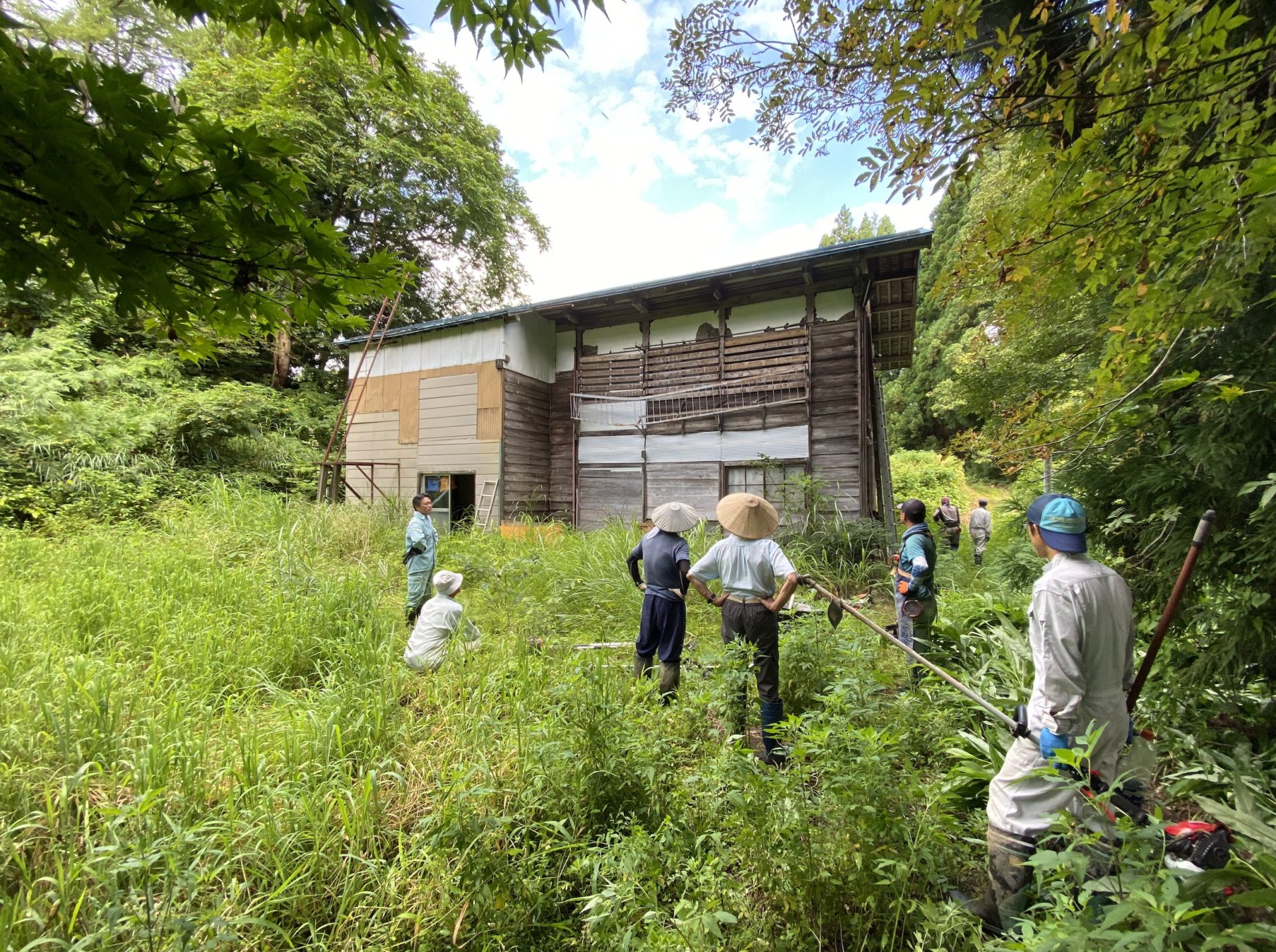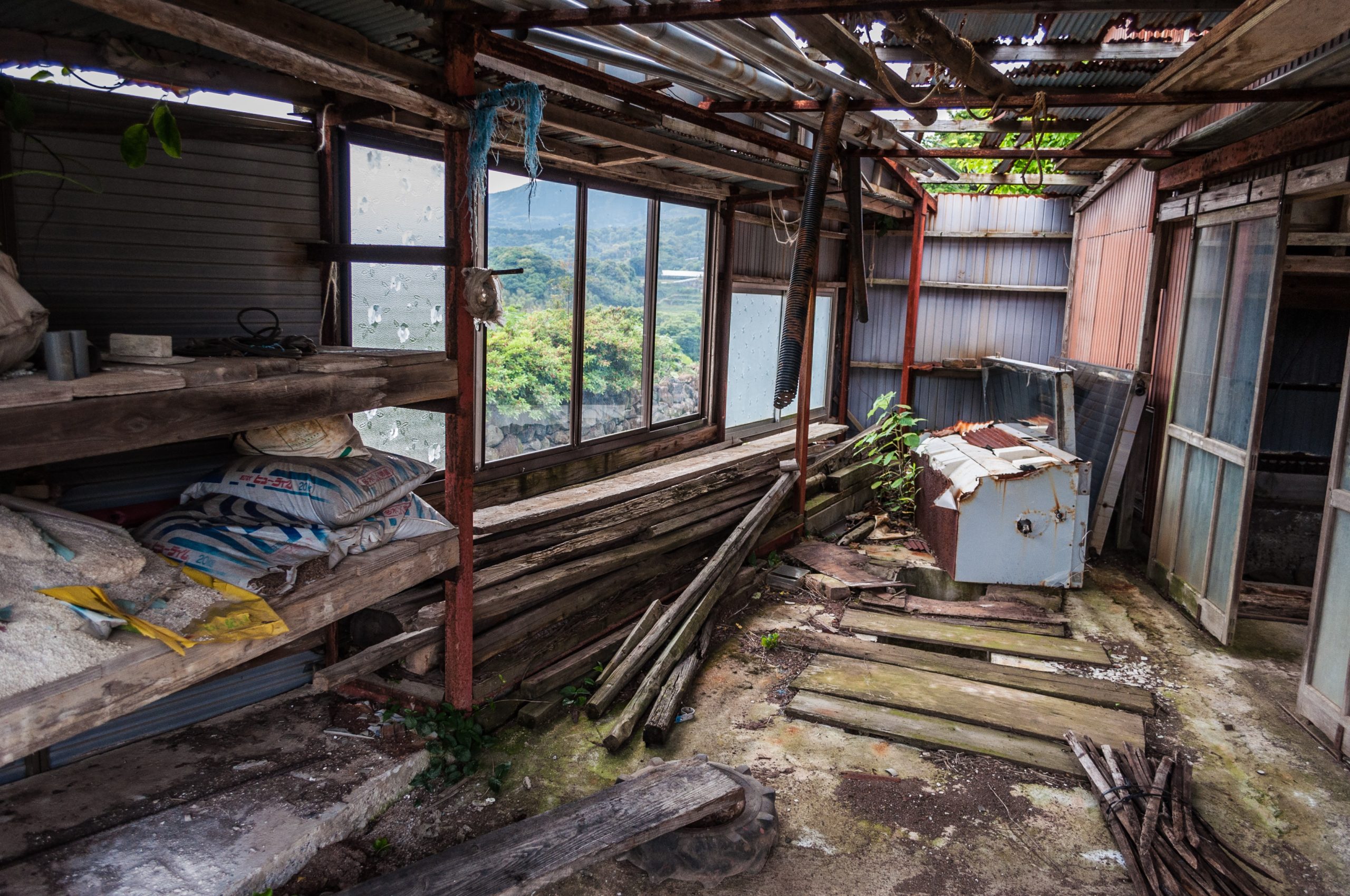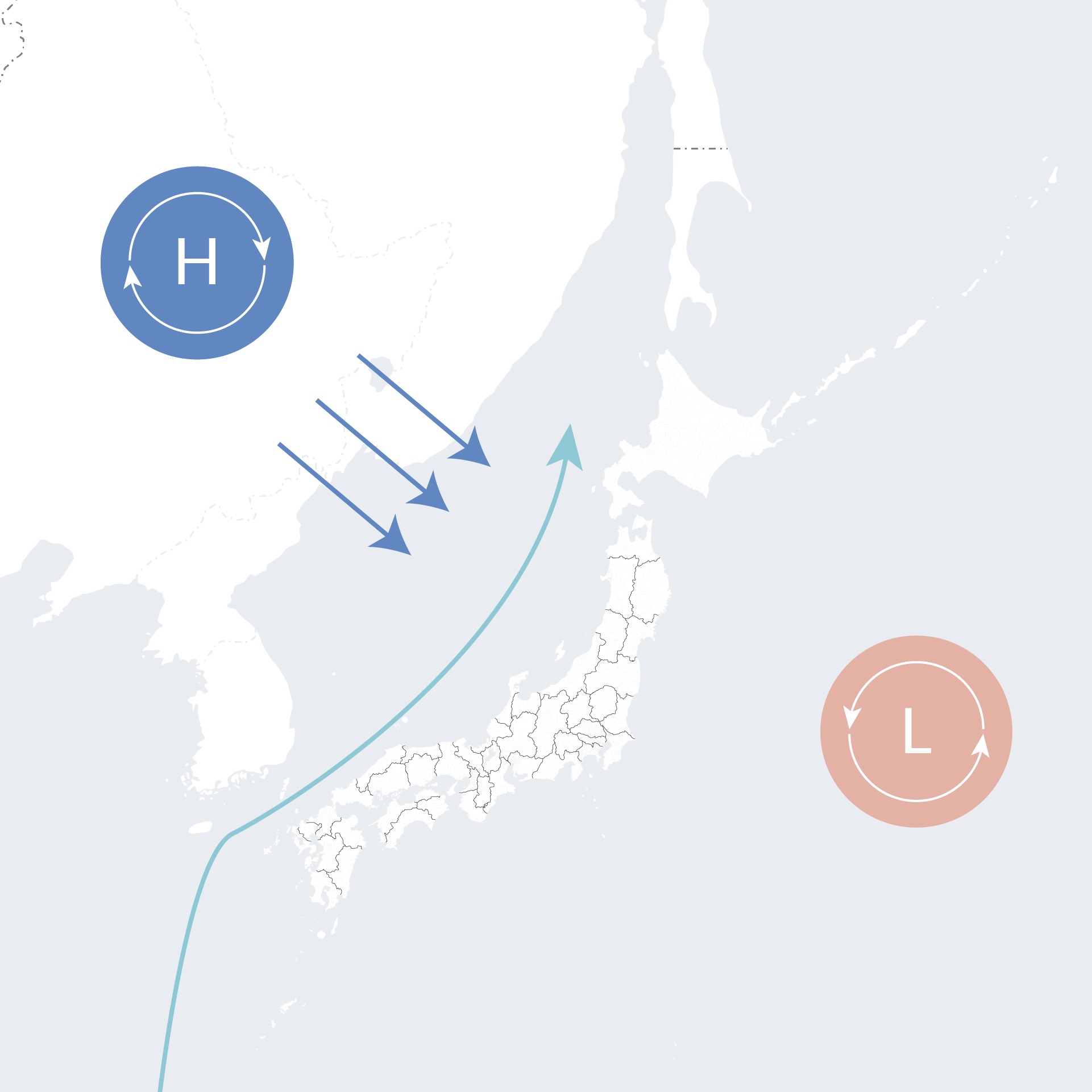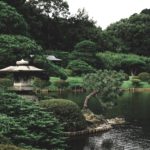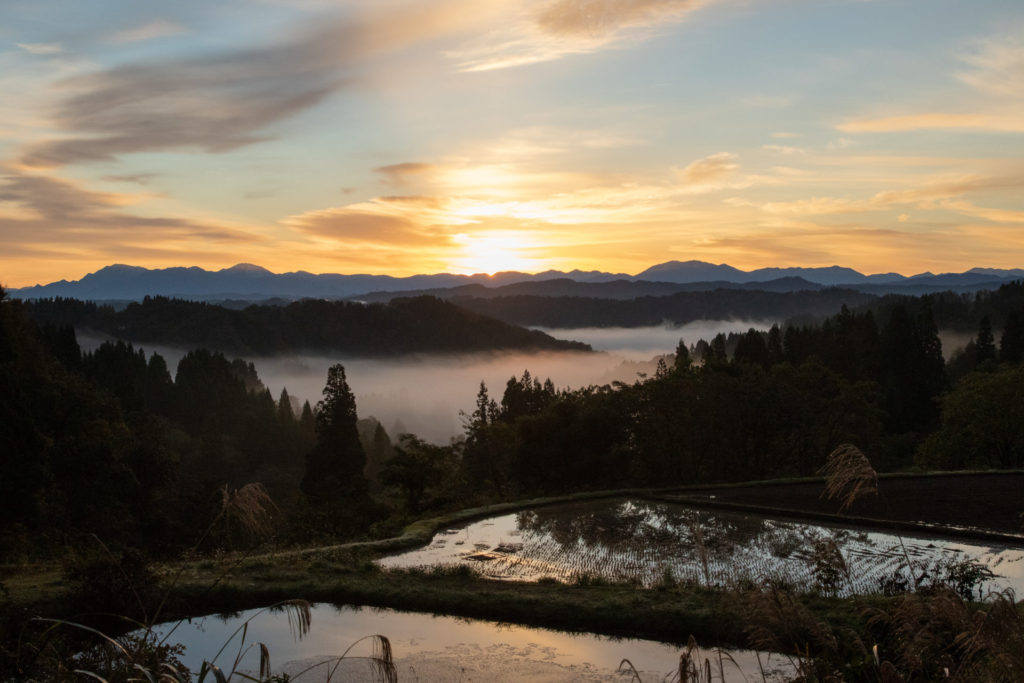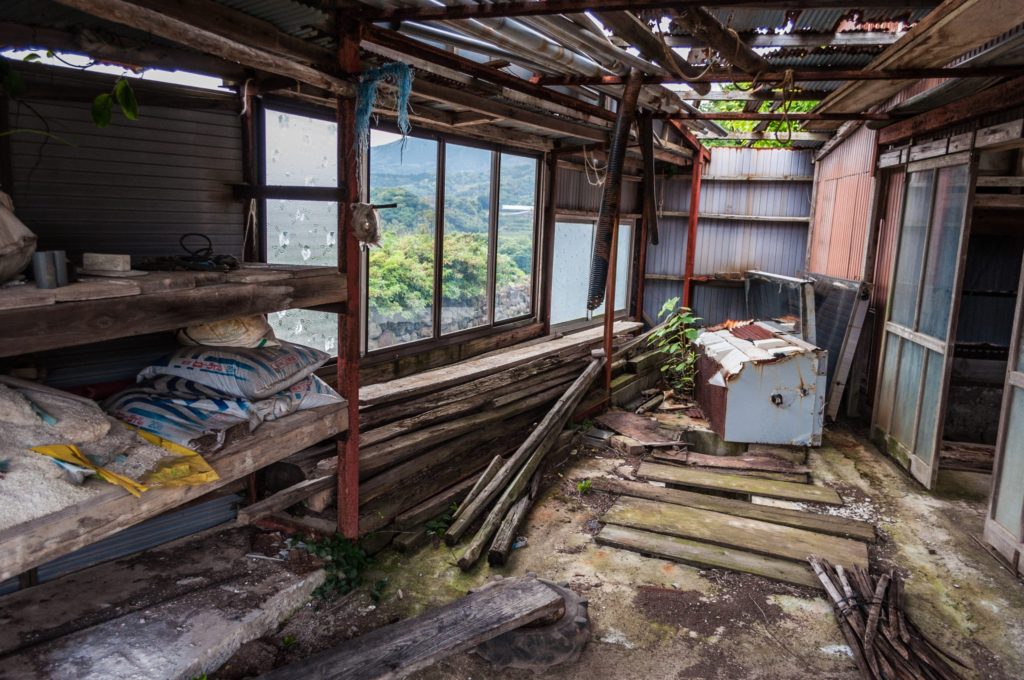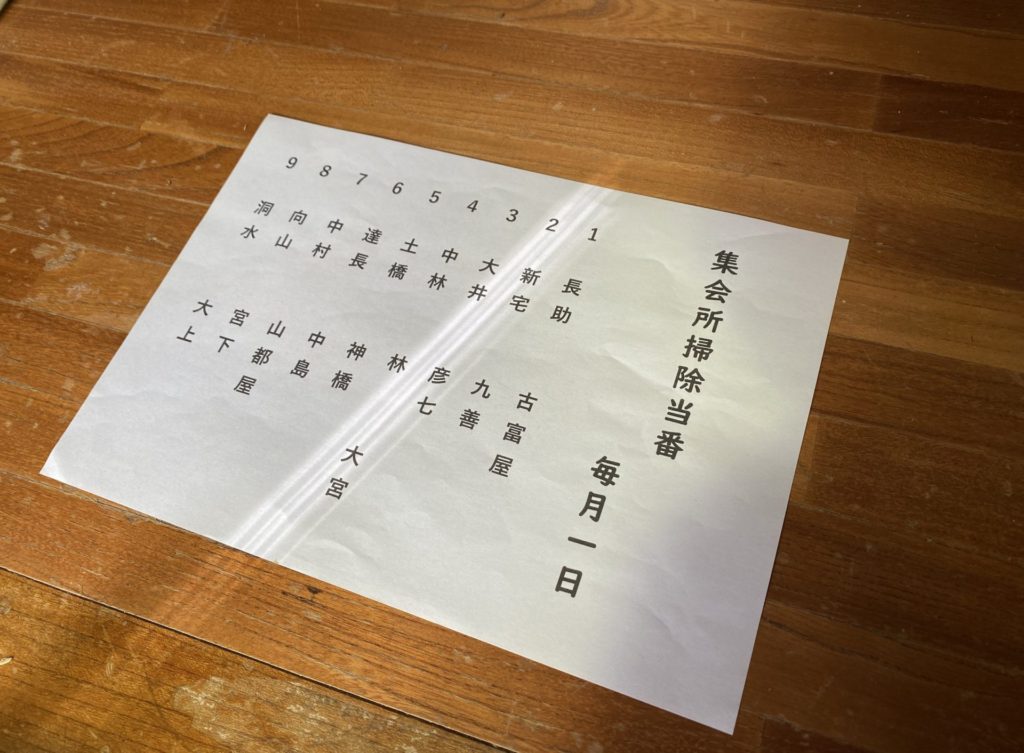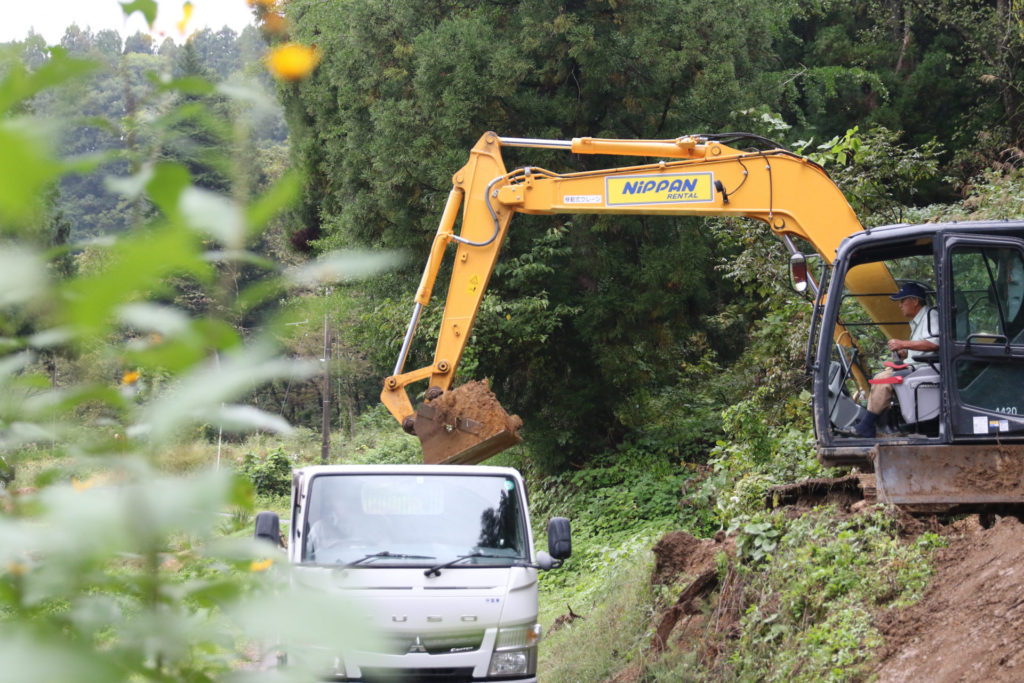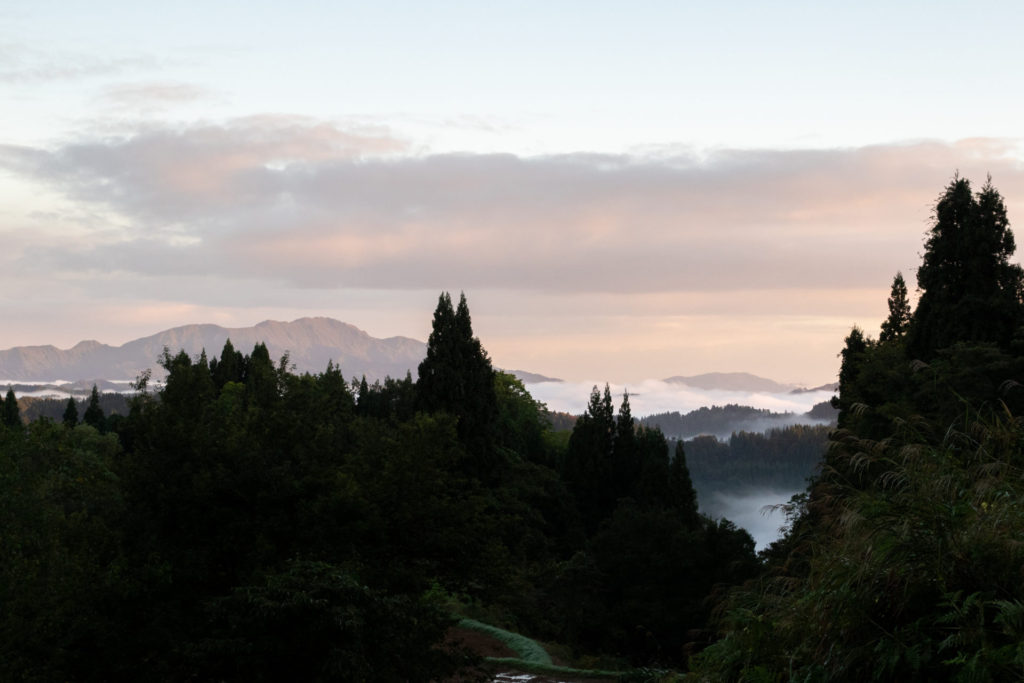"Human being is part of nature".
This is the basic philosophy of Echigo-Tsumari Art Field being held in Echigo-Tsumari, Niigata Prefecture. Through this art festival, I have learned some interesting things about nature that I would like to share with you.
I started living in the Kurokura area of Matsunoyama in Tokamachi in October, and as local vitalization cooperation, I have been supporting the local community through farming and community life deep in the mountains. I have had many experiences that I have never had before, and I have learned a great deal from them, but there is one experience that is particularly novel to me. It was my involvement in the arts.
It all started when I was contacted by Yokoyama-san who lives in the Kurokura area before I moved here. He told me that an artist had come to the Kurokura area to create a work for Echigo-Tsumari Art Field. He asked me to help him maintain the area around the artwork.
The Echigo-Tsumari Art Triennale is an international art festival held in Echigo-Tsumari, where artists from all over the world create artworks based on the basic idea that "Human being are part of nature". Based on the basic idea, the festival has about 200 permanent artworks created by artists from around the world scattered throughout the city. The artists create their works while communicating with local residents. From the perspective of making an alternative value out of existing, vacant houses and abandoned schools are used as artworks.
Echigo Tsumari Art Field : https://www.echigo-tsumari.jp/en/
The work was done on August 22. A cool breeze was blowing, reminding us of the arrival of autumn. When I arrived at the site, I found the local people already preparing to start the work by mowing the grass.
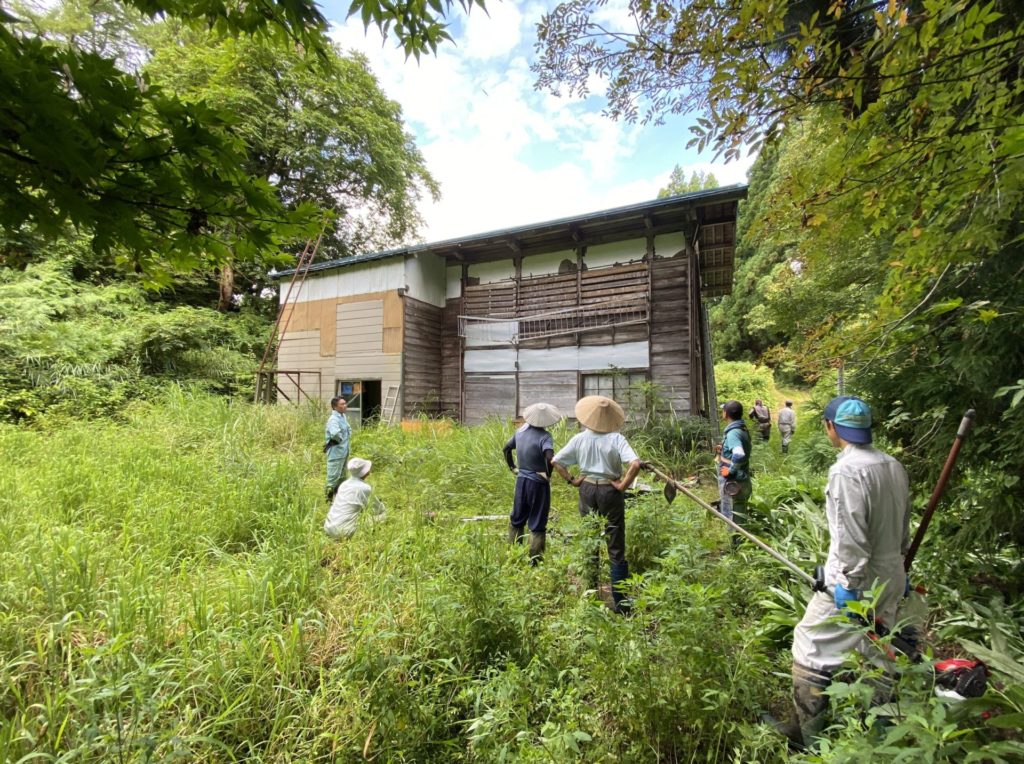
According to the story, the artist would use the empty house in the photo to create his work. Looking around the environment, it was immediately clear that it's very harsh natural environment for the art work. Weeds grew thickly and according to the local residents, the first floor would soon be buried under heavy snowfall. The place was untouched, but the maintenance work began.
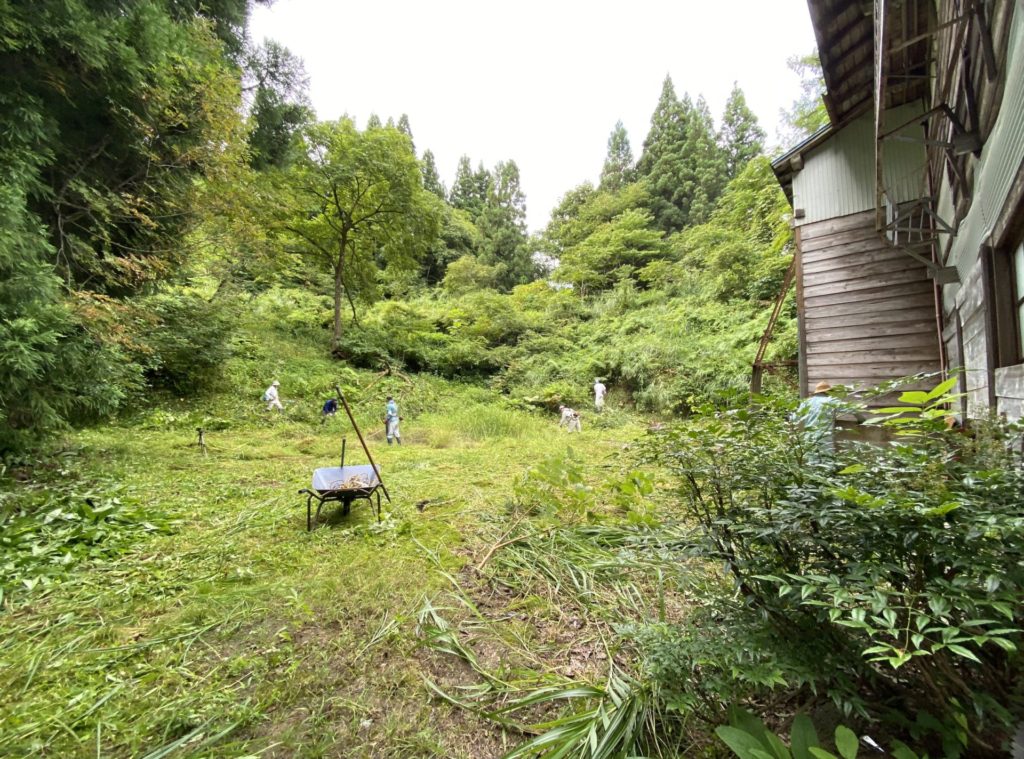
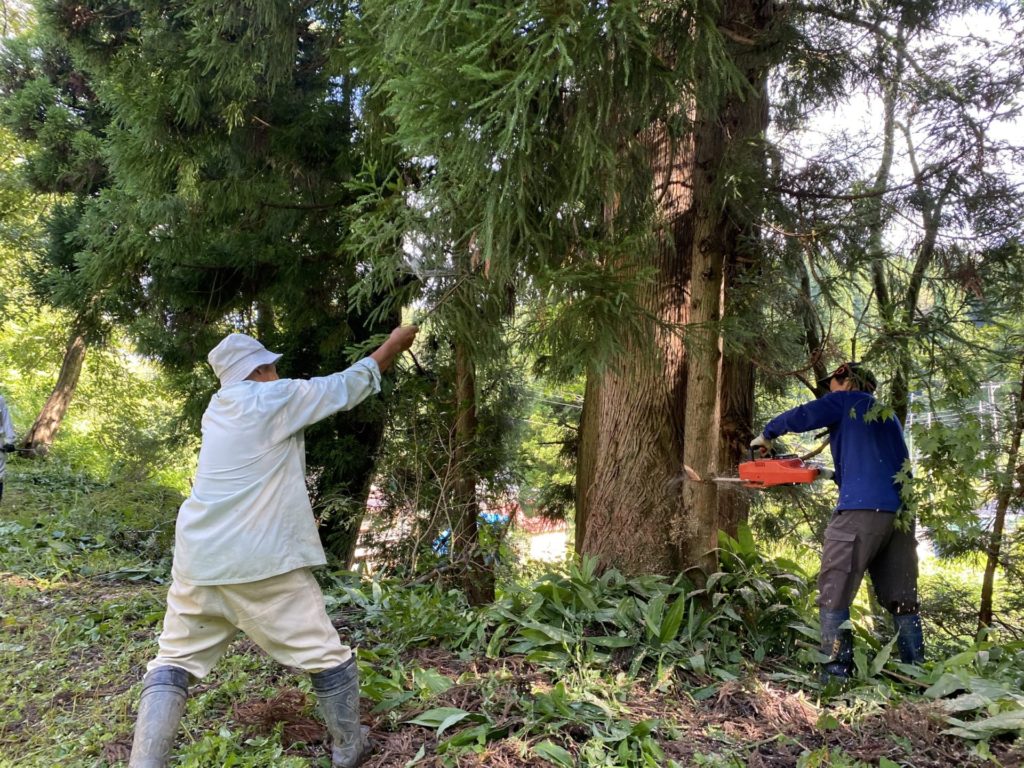
After we finished picking weeds, the next step was to remove the wooden boards for winter fencing. Matsunoyama is one of the heaviest snowfall areas in the world. During the break, I heard a local say that when it snows in the Matsunoyama area, the snow piles up close to electricity cables, and they sometimes have to walk over the cables. In the early mornings, local people used to make roads by trampling snow to make it possible for elementary school students to go to school. I was able to catch a glimpse of the culture of life in the snow country.
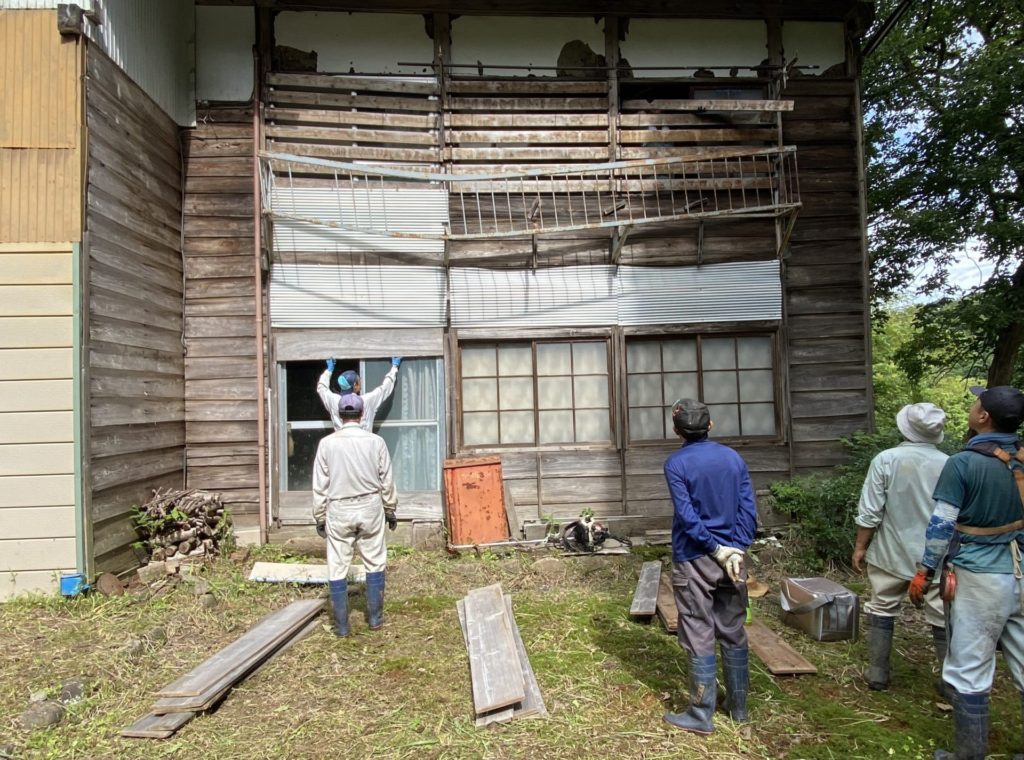
When I looked inside, I saw that the furniture and other items were still there, and there was still a sense of the life that people used to live in. I wondered how many people were in the family, what they thought, what they enjoyed, what they were sad about. As I thought about the past, I also thought about the future. I wonder how this work will move people's hearts when it is successfully completed.
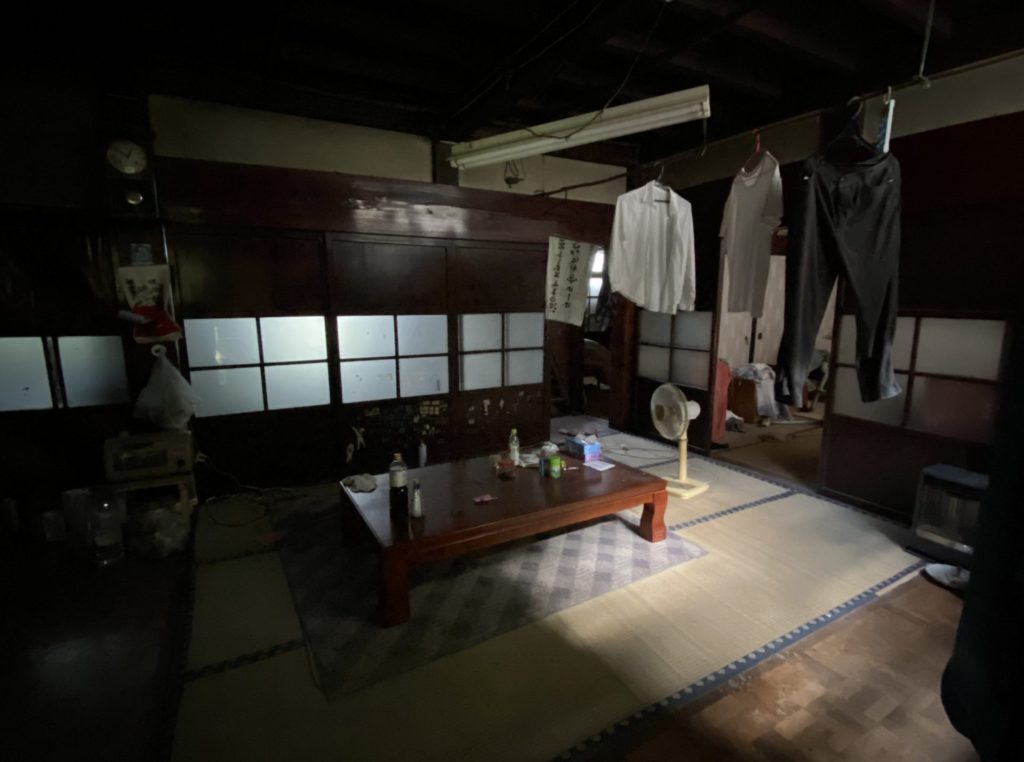
After the work was finished, the surrounding area was cleaned up. I felt that the artist probably had no idea what would become of this work. A work of art that coexists with nature can be viewed differently depending on the seasons. It is also exposed to the threats of nature. The environment is completely different from that of a work of art that is carefully preserved in a museum.
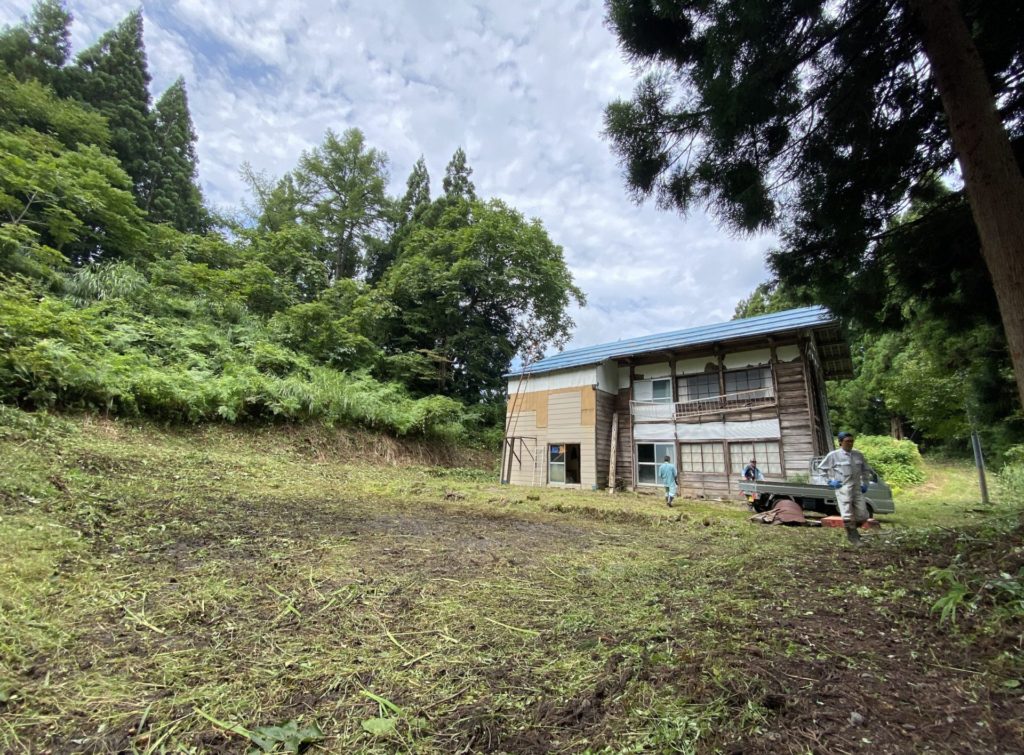
Now that the maintenance work has been successfully completed, I tried to imagine in my own way why the philosophy of "Human being is part of nature" exists. (This is not the official answer of the Art Festival, so please enjoy it as my own interpretation).
It seems that the concept of "human being is part of nature" is an Eastern view of nature. It is interesting to look into the differences in the way the West and the East view nature.
In the Western view of nature, spirit and nature were considered separate. It is also characterized by the idea that humans should dominate and use nature through science and technology. In the East, there was originally no word for nature (such as mountain, river, forest etc). "Shizen(自然)" which is now applied as a translation of nature, is thought of as "all things in the universe," including humans. the term "shizen" also means "to be naturally" or "to be as one is,"
-

-
How Western and Japanese see nature differently
Westerners and Japanese have historically had different views of nature. This fundamental difference has led to the creation of different cultures. I would like to compare and contrast the ideas behind the cultures we have today. How do they see nature differently? The following are some of the differences between the Western and Eastern views of nature. The Western View of Nature : Nature is to be developed Humans are given “dominion” over nature. Japanese view of nature : Nature is considered to be sacred. Humans should adapt to nature. Science is probably the most representative idea born from the ...
続きを見る
I thought that today's work was truly functioning as an art of "shizen" rather than nature.
Even before and after the completion of the artwork, the residents will continue to maintain it as part of their community life. The art changes not only according to the intentions of the artist, but also due to various factors such as decisions made within the local community, schedules, and how to work with the artist.
The philosophy of the community will also have an impact. As one of the residents said, "Satoyama is a place where everyone is attached to their own property and manages it, and as a result, the whole place becomes beautiful". From the point of view of the locals, the area itself may be seen as a kind of art. Without such a philosophy, maintenance must not be possible. This kind of philosophy that takes root in the community is also part of shizen and part of art.
Nowadays in Japan, people are disappearing from the region due to the concentration on Tokyo, and the number of vacant houses is increasing rapidly. If there were no vacant houses in this place, this art would not exist. These external factors, such as the economy and people's lives, also become part of art.
If seeing my articles causes some kind of change, then that cause-and-effect relationship may be included in art. And of course, factors such as mountains, rivers, and climate, which are included in the meaning of "nature," also greatly affect the creation of art. These many relationships are piled up to create a piece of art. When I think about it, I get a very mysterious feeling.
It was an event that made me think again about what "nature/shizen" is through this work. This work may have already begun as art, in the sense that it has already altered the viewer's (my) sense of value.

